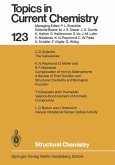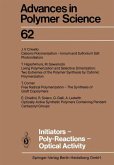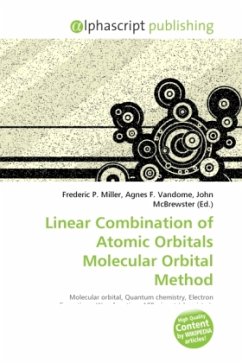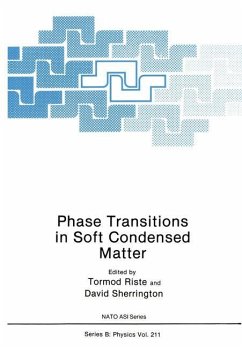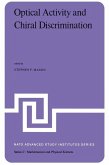These notes summarize in part lectures held regularly at the University of Zurich and, in the Summer of 1974, at the Semi nario Latinoamericano de QUimica Cuantica in Mexico. I am grateful to those who have encouraged me to publish these lec tures or have contributed to them by their suggestions. In particular, I wish to thank Professor J. Keller of the Univer sidad Nacional Autonoma in Mexico, Professor H. Labhart and Professor H. Fischer of the University of Zurich, as well as my former students Dr. J. Kuhn, Dr. W. Hug and Dr. R. Geiger. The aim of these notes is to provtde a summary and concise introduction to elementary molecular orbital theory, with an emphasis on semiempirical methods. Within the last decade the development and refinement of ab initio computations has tended to overshadow the usefulness of semiempirical methods. However, both approaches have their justification. Ab initio methods are designed for accurate predictions, at the expense of greater computationallabor. The aim of semiempirical methods mainly lies in a semiquantitative classification of electronic pro perties and in the search for regularities within given classes of larger molecules. The reader is supposed to have had some previous basic instruc tion in quantum mechanics, such as is now offered in many uni versities to chemists in their third or fourth year of study. The bibliography should encourage the reader to consult other texts, in particular also selected publications in scientific journals.



